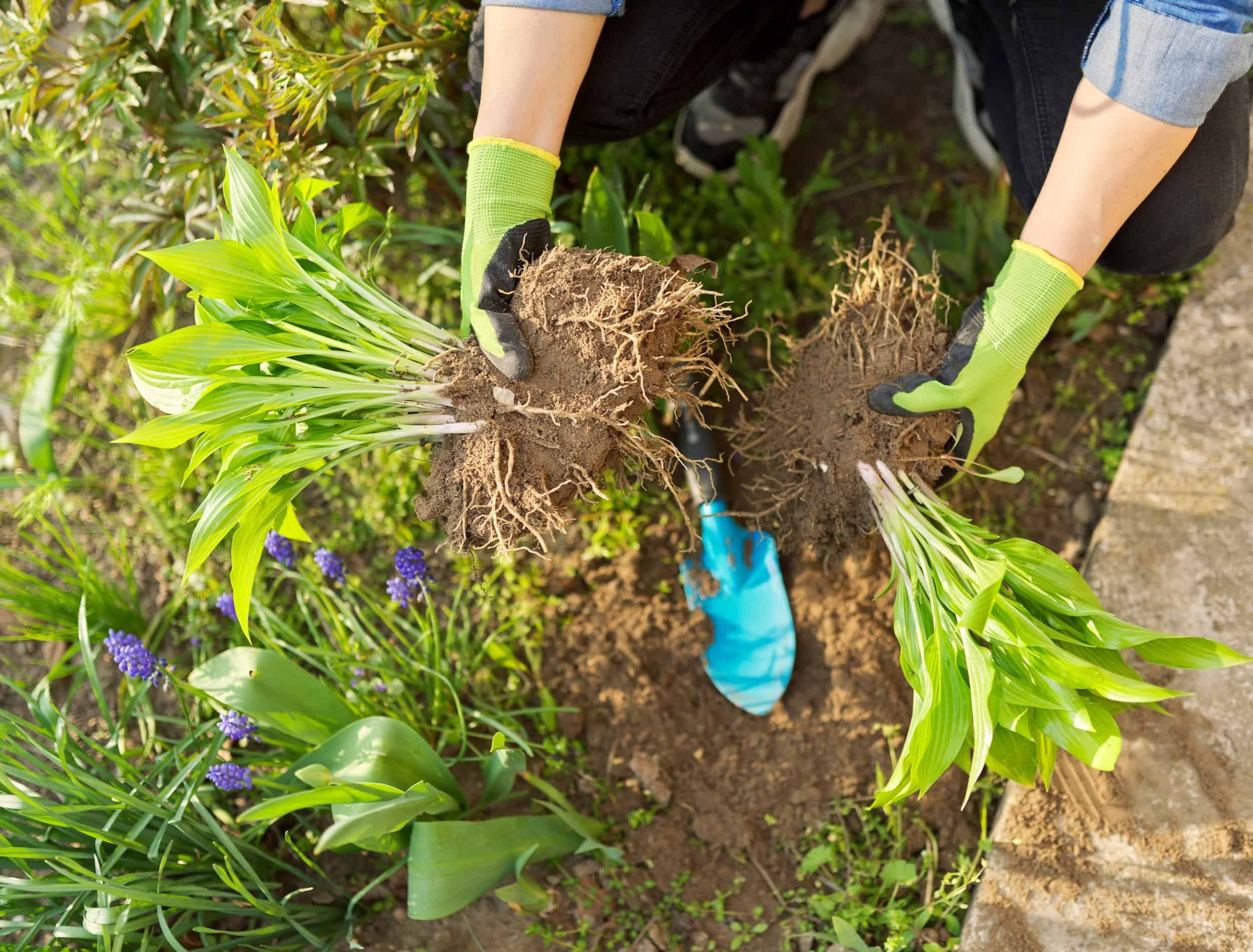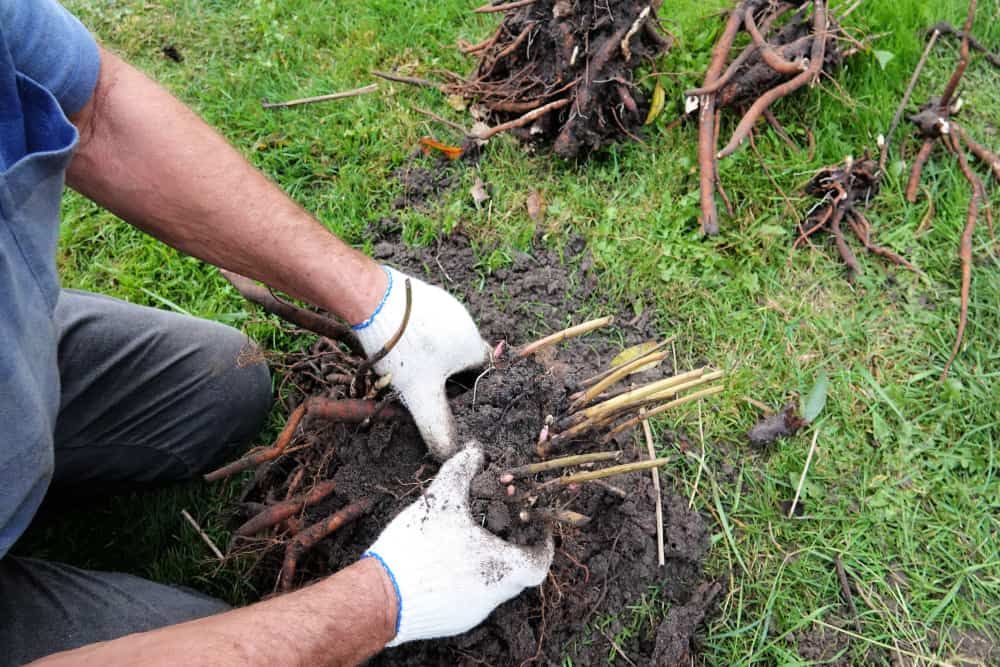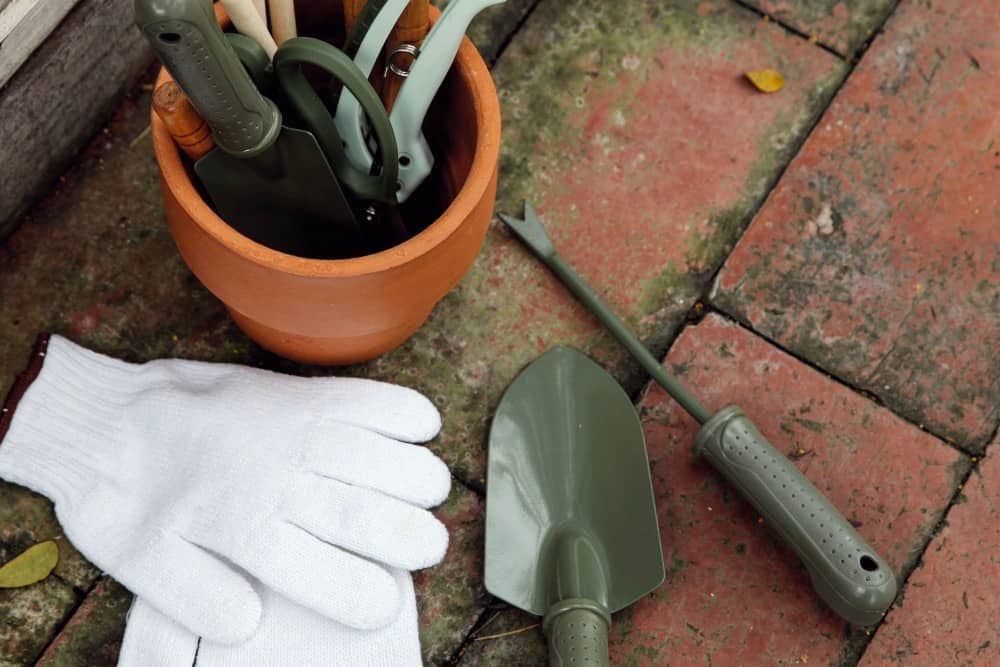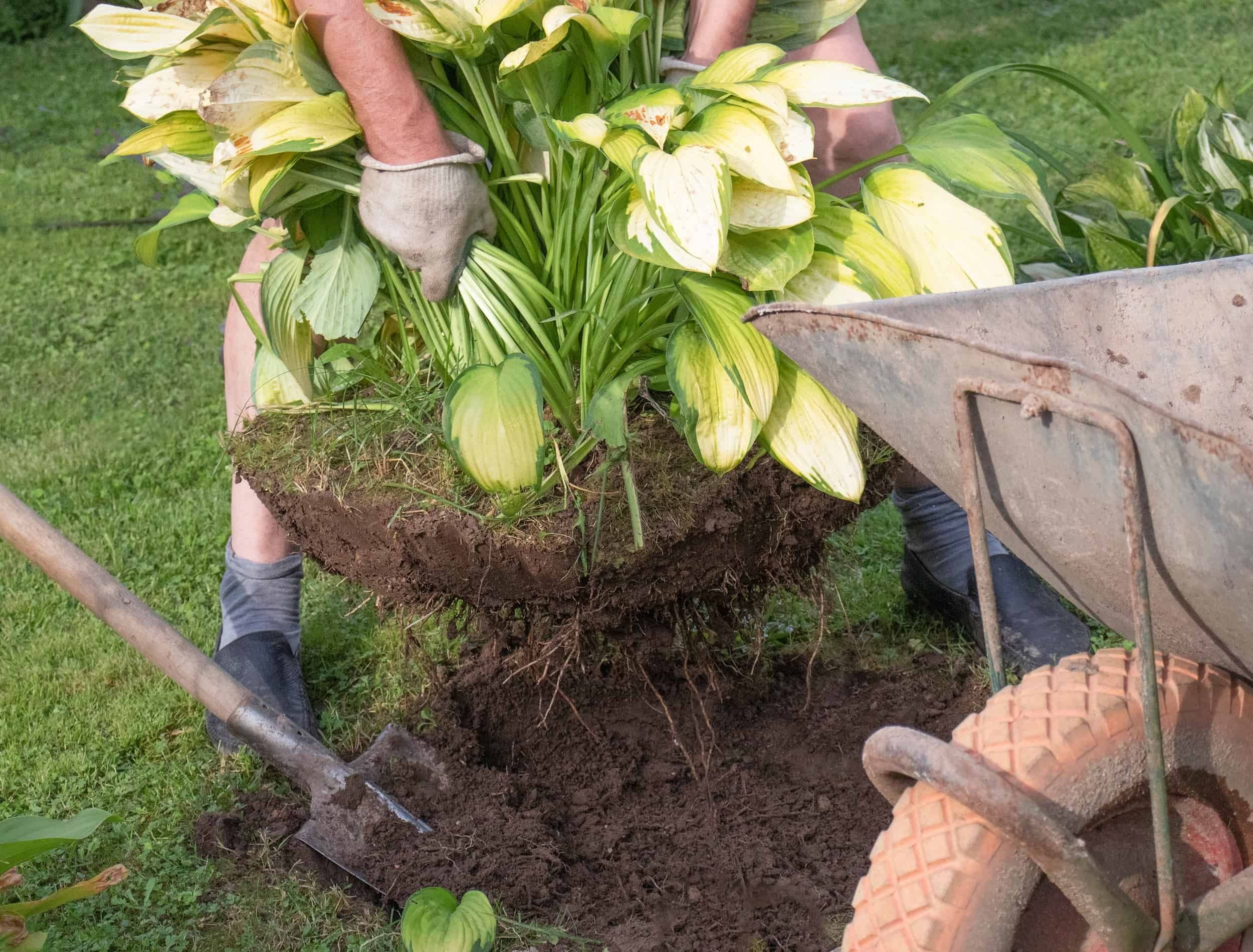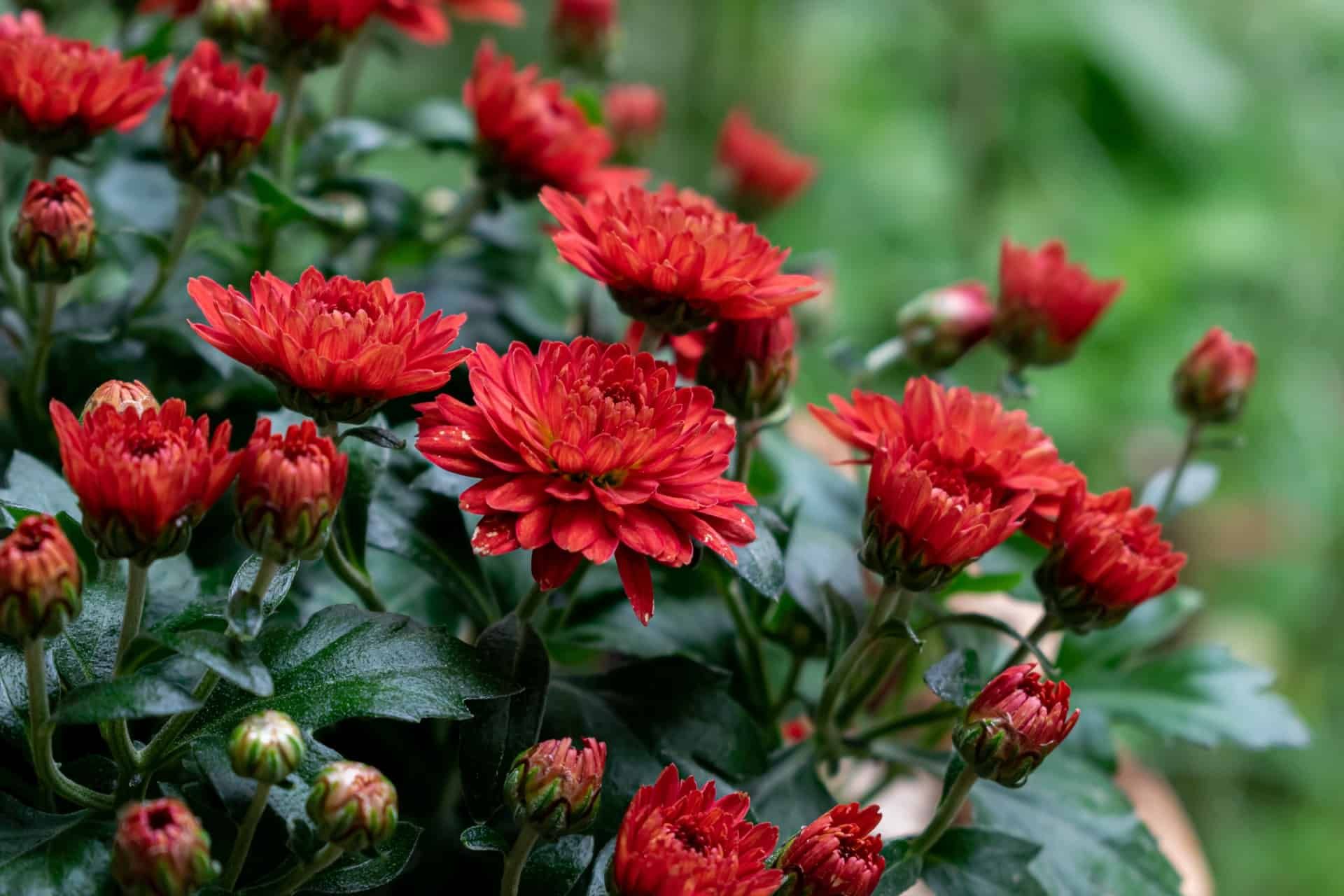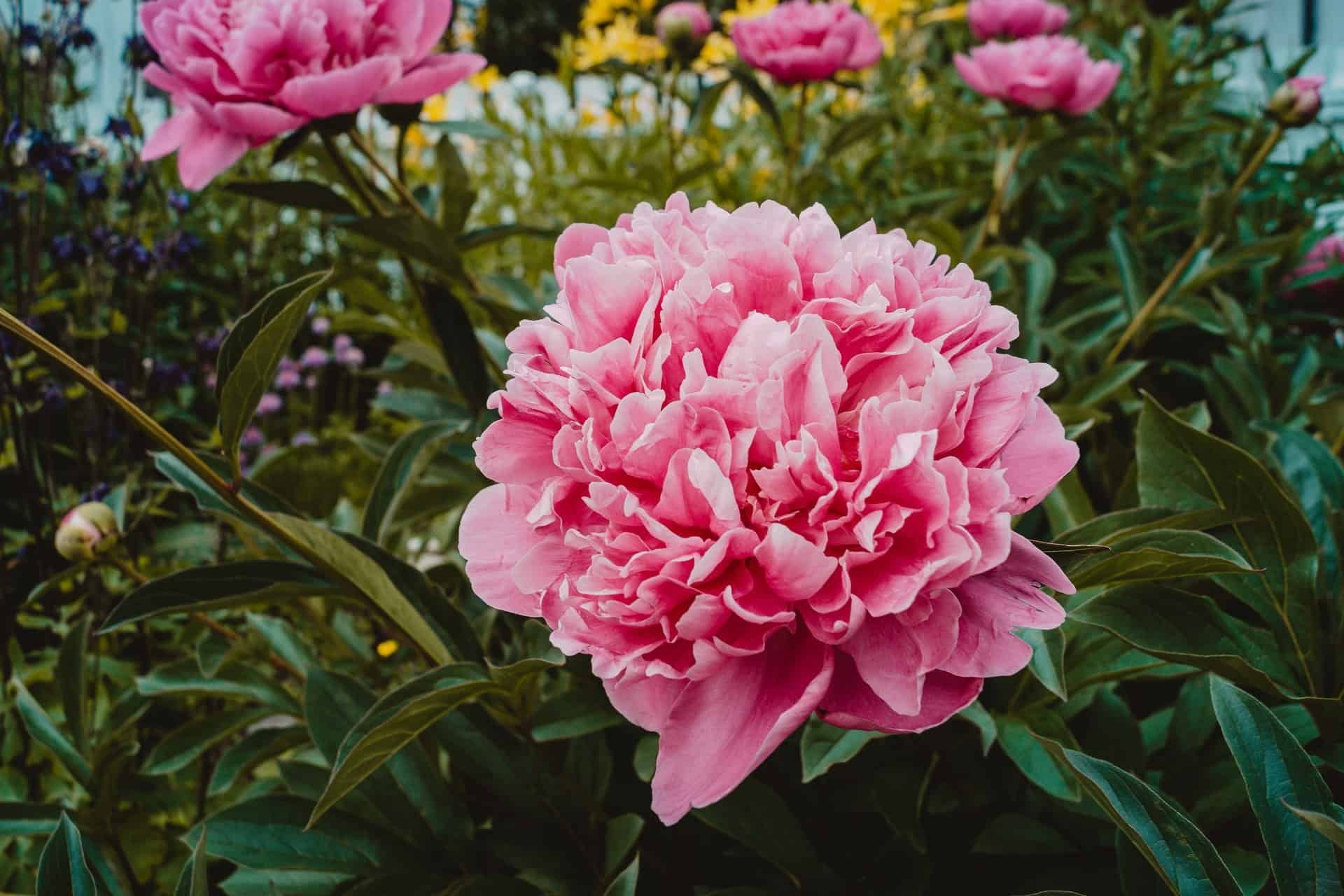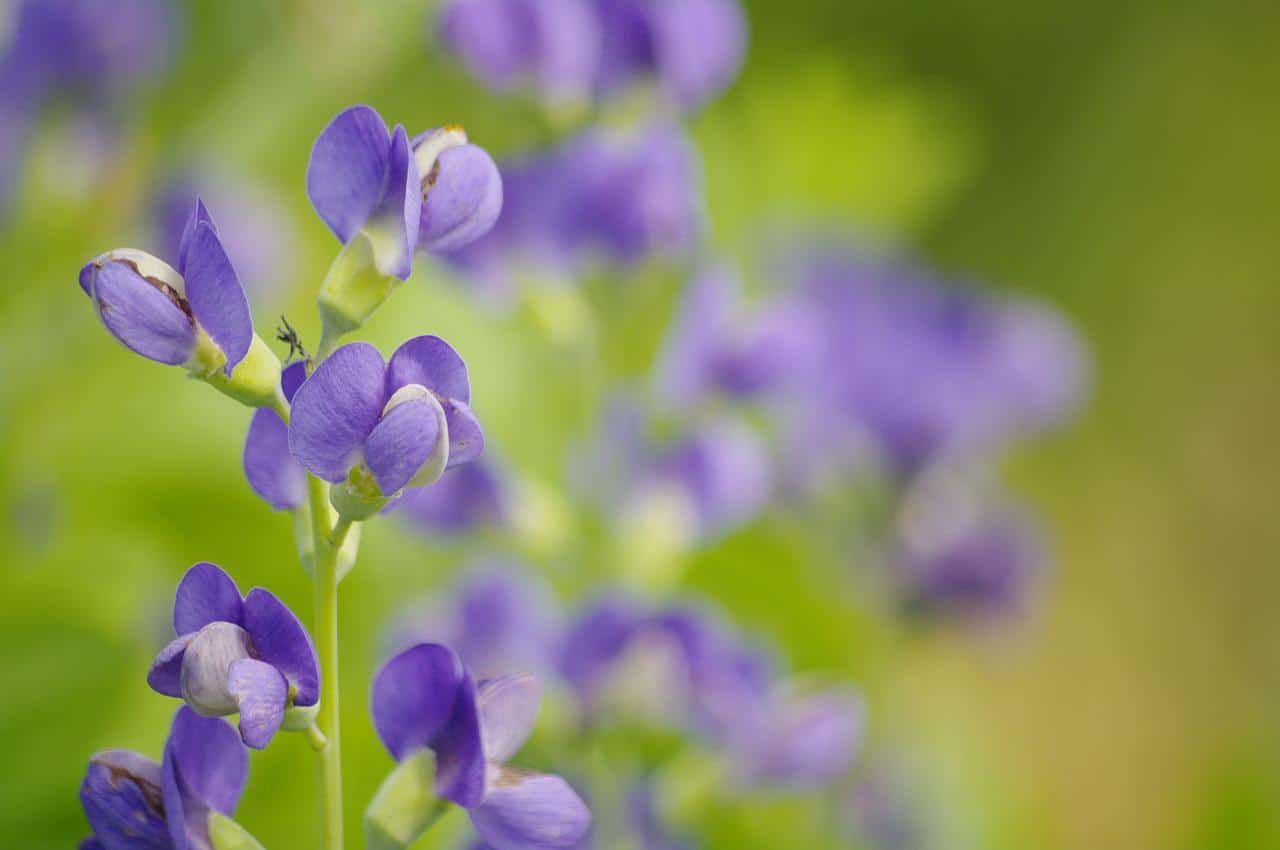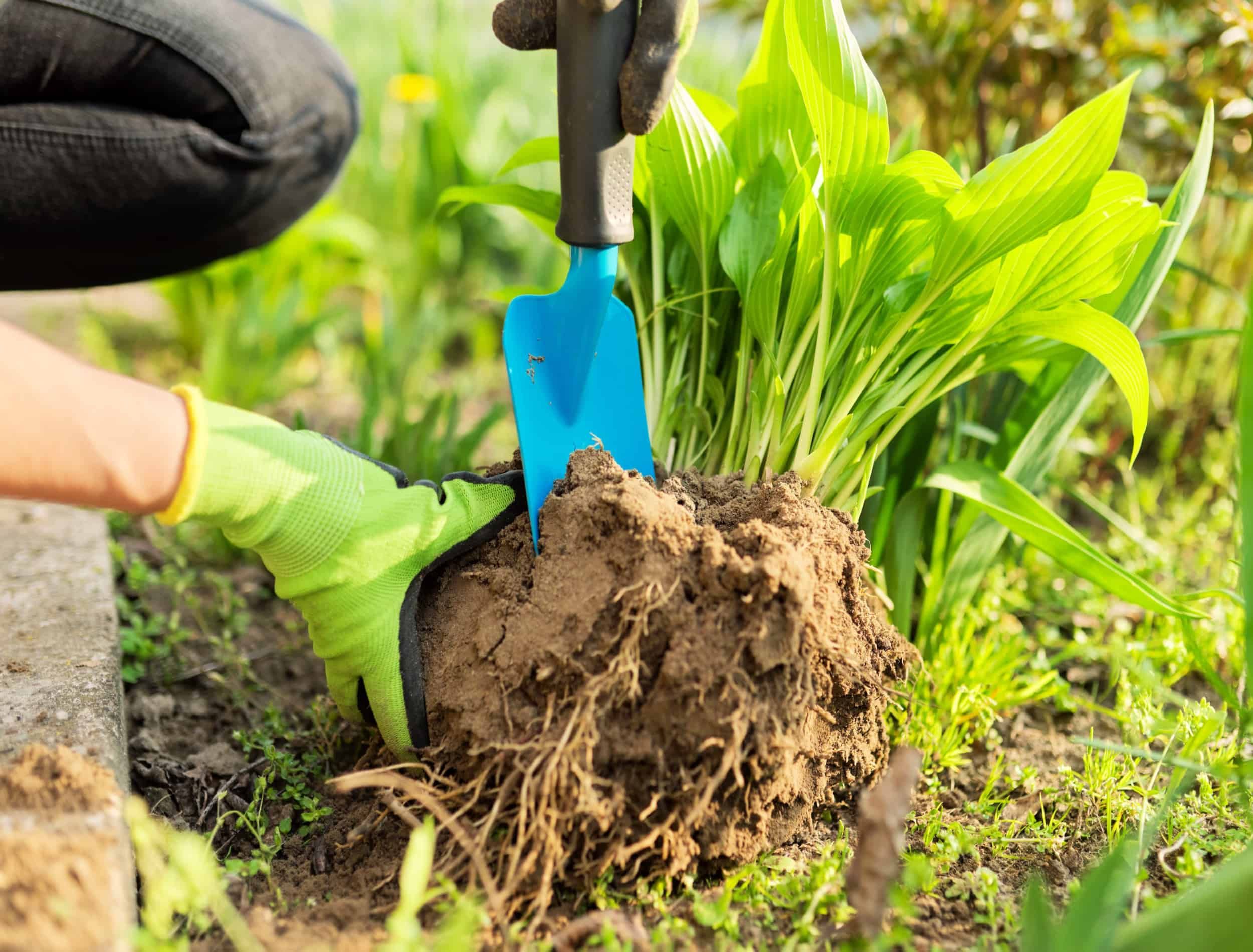Perennial plants are a stunning and convenient addition to your garden. Many produce beautiful blooms while others add vibrancy and greenery to any space. Perennials return year after year in the spring and fall, depending on the variety. Like all plants, perennials require the proper care and attention to ensure they continue to grow and thrive.
Fortunately, dividing your perennial plants to propagate new ones is a great way to encourage growth. The process is incredibly easy, it benefits your garden in plenty of different ways, and it is only necessary once every few years. In this guide, you'll discover all the best tips and tricks to ensure the process goes off without a hitch.
Why Split Perennial Plants
Image credits: Tetiana Dollezhal via Shutterstock
If you're not sure if splitting perennials will benefit your garden, this guide is here to help. Some perennial plants don't need to be split (more on that later), but most do. This is because the plants can become overgrown and overcrowded, which can affect their ability to grow and bloom.
On top of that, dividing your perennial plants will save you money. By splitting them up, your perennials will take up more space in your garden, meaning you'll have a fuller yard without spending the extra money.
Tools You'll Need
Image credits: Gary Barnes via Pexels
If you're looking to divide the perennials in your yard, you'll be happy to learn that the tools you'll need are quite basic. Check out the essentials below.
- Gardening gloves
- Two garden pitchforks or a sharp knife
- Spade
- High-quality soil
- Watering can or hose
- Mulch
How to Divide Perennials
Image credit: nata_fler via Shutterstock
Dividing perennials is an incredibly easy process! It's even simpler if you water the plants you plan to split a day or two before to moisten and soften the soil. Start by digging up the entire plant using a spade, making sure to dig below the roots. Lift the plant from the hole, shake off excess soil, and remove dead stems and foliage.
Using two garden pitchforks or a sharp knife, separate the root system down the middle. Each division should have three to five shoots and plenty of established roots.
Dig a new hole for where you'd like to place each new plant, and replant with fresh, high-quality soil. You can then water the plants and cover the surrounding soil with mulch to maintain moisture levels. If you don't immediately replant, be sure to keep the plants moist and in the shade. With that in mind, you should replant them as soon as possible.
When to Divide Perennials
Fall Blooming Perennials
Image credits: Hajnal Oltyan via Unsplash
Fall blooming perennials need dividing in the spring, when their shoots are smaller and less susceptible to damage than established leaves and stems. The plant will be able to focus on recovery because it will have an entire season to bounce back and the roots won't suffer from a winter's frost. Plus, you'll be able to see what you're doing better.
Spring and Summer Blooming Perennials
Image credits: Theodor Sykes via Unsplash
Spring and summer blooming perennials need splitting in the fall. It will be easy to locate the plants that need dividing since they won't have died back yet. You should divide these plants around four to six weeks before the first predicted frost to ensure they have plenty of time to establish roots.
Leave Out of the Equation
Image credits: KirstenMia via Pixabay
Though most perennials will benefit from division, some varieties will do better if you leave them as they are. Below, you'll find a list of the varieties to avoid splitting.
- Baptista (pictured)
- Bleeding Heart (Dicentra)
- Butterfly Weed (Asclepias)
- Christmas Rose (Helleborus)
- Gas Plant (Dictamnus)
- Lavender (Lavandula)
- Oriental poppy
Guidelines to Follow
Image credits: VH-Studio via Shutterstock
When you're dividing your perennials, there are a few simple guidelines that will ensure the process goes smoothly. First of all, perennials need to be split every three to five years to ensure they are performing at their best. With that in mind, you should avoid dividing while the plants are still in bloom. The plant needs to focus its energy on leaf and root regeneration after replanting.
If your perennials aren't ready for splitting but seem to be suffering, consider whether you've made other common perennial garden mistakes.
Divide and Conquer!
Dividing perennials will encourage growth and blooms, while also spreading the love around your garden. It's necessary for your plant's health, not to mention the beauty of your backyard. Depending on the variety, you should divide perennials in the spring or fall. Ensure that the soil is moist, the plants aren't blooming, and the conditions are right.
Will you be dividing the perennials in your yard this year? Let us know how it goes in the comments below!

